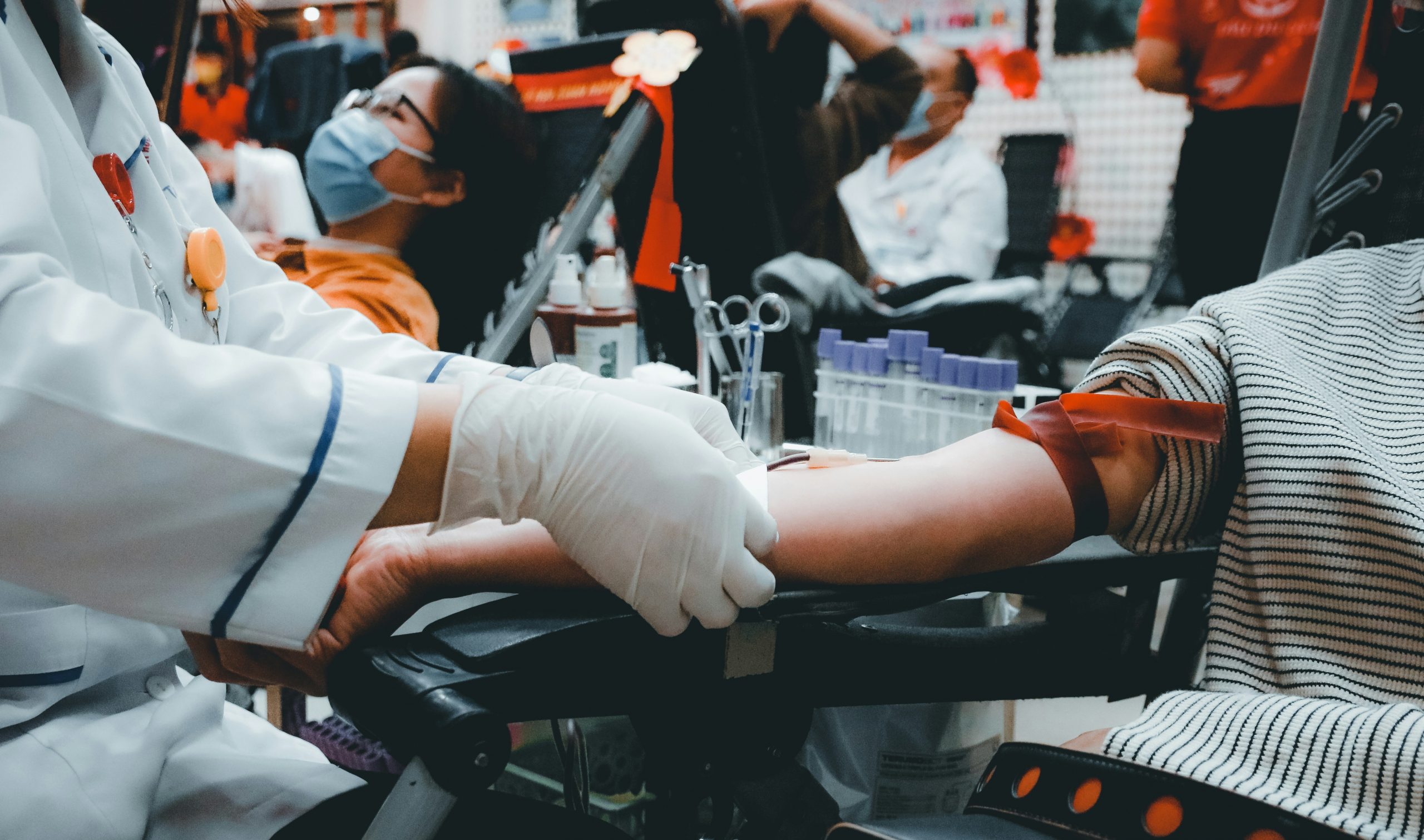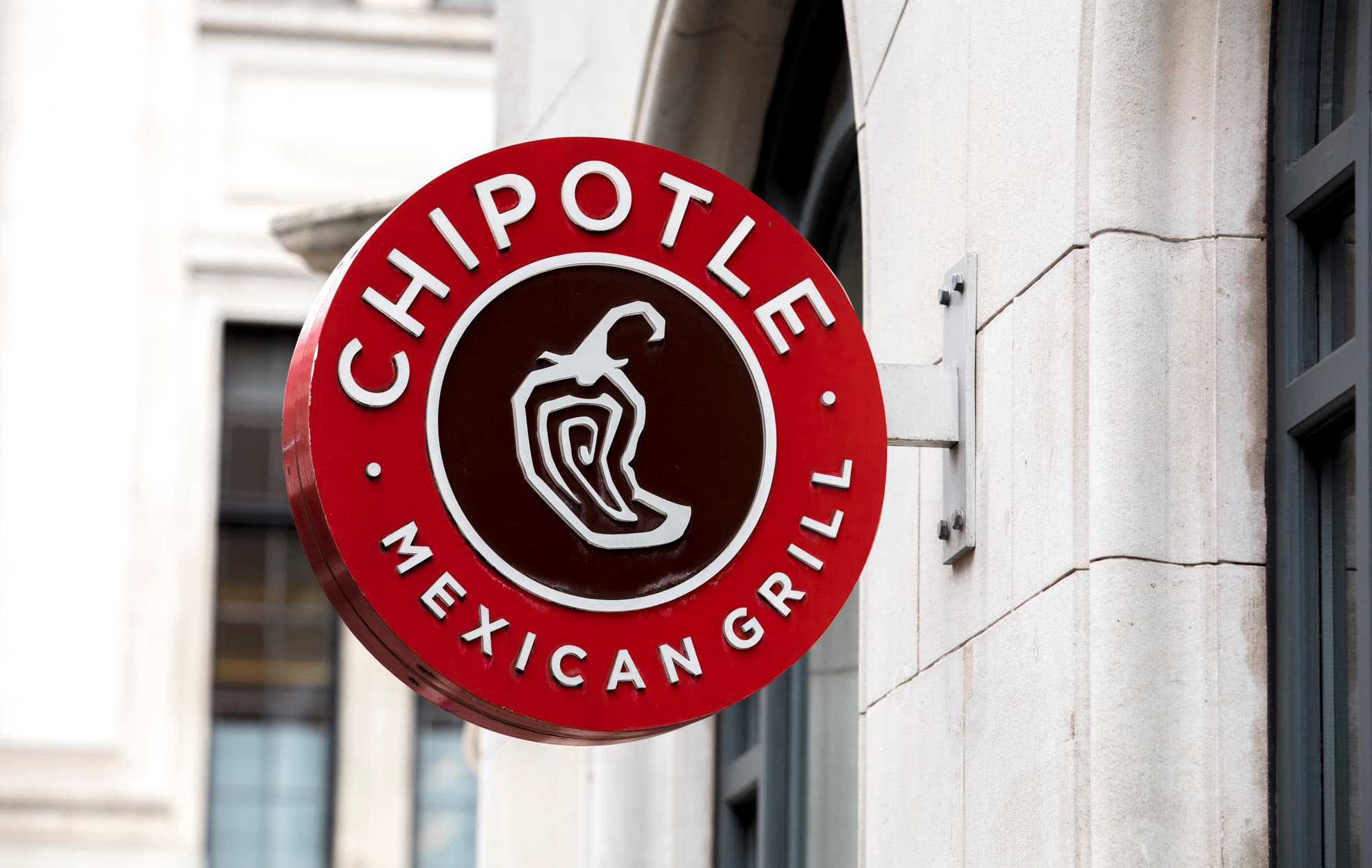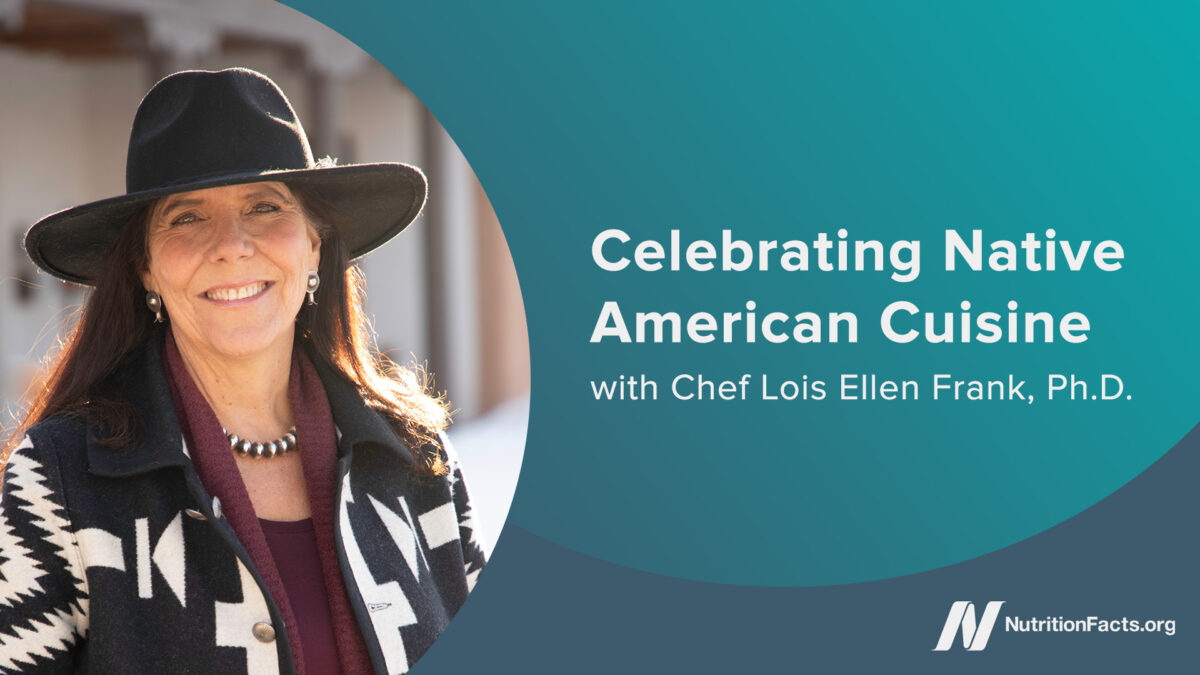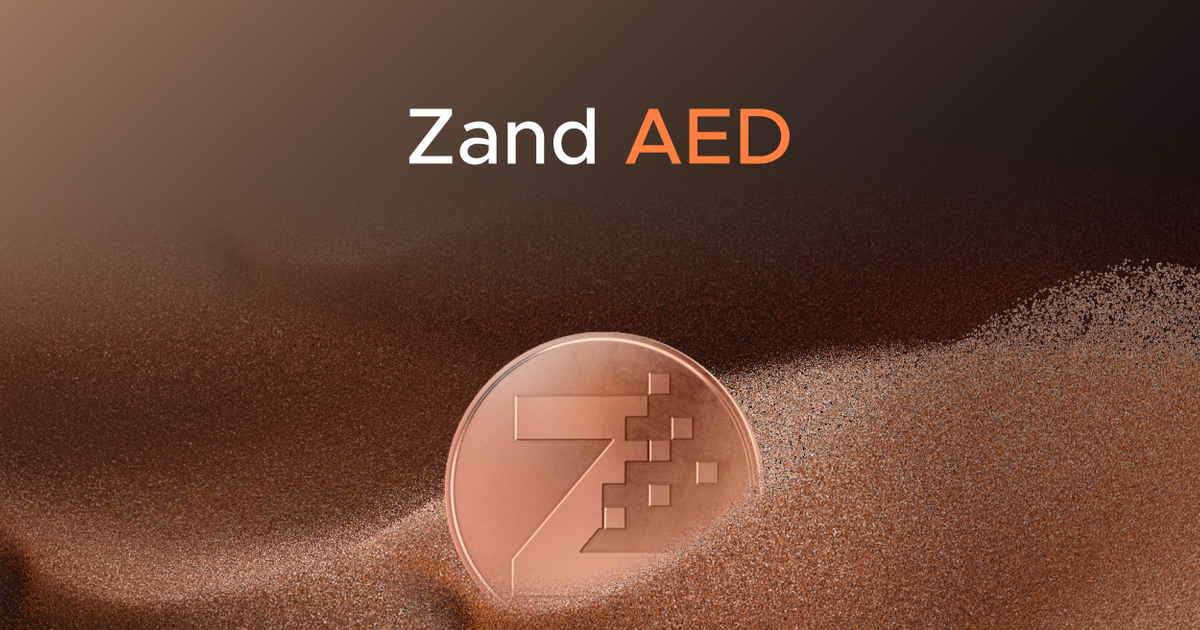Ecommerce Customer Journey Mapping — How to Set Potential Shoppers Up to Buy [Tips & Template]
Whether you’re running an online store or managing marketing campaigns for an ecommerce brand, it’s worth your while to invest time and energy in creating an ecommerce customer journey map.
![Ecommerce Customer Journey Mapping — How to Set Potential Shoppers Up to Buy [Tips & Template]](https://www.hubspot.com/hubfs/ecommerce-Sep-13-2023-09-08-01-7144-PM.png)
Whether you’re running an online store or managing marketing campaigns for an ecommerce brand, it’s worth your while to invest time and energy in creating an ecommerce customer journey map. Ecommerce journeys may be faster than typical B2B buying cycles, but they still involve multiple customer touch points. Understanding the stages of your buyer’s journey and optimizing each touchpoint can make a significant difference in business outcomes — specifically, conversions, retention, and brand loyalty. In this guide, I’ll show you how to improve and map your ecommerce company’s customer journey. Table of Contents The ecommerce customer journey traces a shopper's path from discovering a product to purchasing it — and beyond. Most ecommerce customer journey maps include four stages: awareness, consideration, decision, and retention, with post-purchase experiences shaping brand loyalty and advocacy. In the awareness stage, potential customers find your brand or product through ads, search results, or word-of-mouth recommendations. During consideration, they compare options, read reviews, and assess how your product fits their needs. The decision stage is where they commit to a purchase, influenced by trust factors like product benefits, pricing, and social proof. After buying, the retention stage kicks in — where product quality, onboarding, customer service, and follow-up communication determine whether they’ll return. If their experience is exceptional, they may progress to advocacy, recommending your brand to their friends and colleagues. I’m sure it’s not surprising that this directly correlates with your bottom line — 81% of consumers trust personal recommendations. Pro tip: Don’t neglect new customer onboarding. Even in ecommerce, teaching them to use your product means they fall in love with it and are likely to continue to buy from you. Focusing only on awareness, consideration, or decision at the expense of post-purchase experiences is a mistake. While you need a continual flow of new customers, new customer acquisition costs 5x more than customer retention, and a 5% retention increase correlates with a 25% increase in profitability. If you only have a single takeaway about the ecommerce customer journey, it should be that tracking clicks is only the start. Instead, I want you to think of it as your key to decoding why customers are buying. Even after years in marketing, mapping customer journeys remains my go-to process for uncovering invaluable insights into behavior, preferences, and points of friction. Every touch point is an opportunity to improve the customer experience (CX) or fine-tune what you communicate. Why? From the moment they land at an online store to the final checkout process, every interaction shapes their perception, influences their likelihood of return, and cultivates brand loyalty. To get started, I want you to use your customer data — quantitative and qualitative — to answer three questions: By answering these questions, you can find ways to improve the user experience, increase conversions, and more effectively market your products. So what’s the takeaway here? An accurate map of your ecommerce customer journey leads to improved conversions, retention, and brand advocacy. Prospects become aware of their problem(s) and start researching potential solutions. For example, if you sell productivity tools, someone struggling with time management might look for ways to stay organized. They might find you by: At this stage, buyers actively evaluate different solutions, reading product descriptions, watching reviews, and comparing features. You can win them over with: Using the same example, they might search for the best productivity planners, read customer reviews, and explore your product’s unique benefits. They might also search ecommerce platforms like Amazon or even Google for available morning routine journals and evaluate reviews. Here, customers narrow down their options and decide whether to buy. Factors that influence their choice include: Ultimately, shoppers will buy your product if it satisfies their needs or desires. For instance, perhaps your journal includes tips to help them establish their new routine or fun stickers to make using it fun. A great purchase experience isn’t enough — product quality and customer service are important for the customer retention stage. HubSpot’s 2024 Consumer Trends Report found the top purchasing factors for consumers include product quality (51%) and past experiences with a product or brand (25%). If your morning routine journal arrives late or poor packaging has led to ripped pages, your customer might not check out your other products. But it’s not enough to just deliver the bare minimum. The study suggests that a focus on quality can be a competitive advantage — while over 80% of shoppers were satisfied with a recent social purchase, only about 30% felt that what they bought was “high quality.” If you delight your customers, you still want to stay top of mind by exposing them to products through strategic marketing like retargeting ads and social media posts. This means they’ll think of you first when it’s time to buy again. You can boost retention with: Satisfied customers naturally become brand advocates — or, as I call them, superfans. They share their experiences through reviews, word-of-mouth referrals, and social media mentions. The best way to keep the love flowing is by continually delivering excellent experiences and rewarding them through loyalty programs and referral incentives. Most are happy to share or review a product they love, but they’ll keep doing it if there’s something in it for them. With that in mind, your best advocacy strategies are: You can deepen your understanding of the ecommerce customer journey with HubSpot Academy’s free Ecommerce Marketing Course. Understanding the customer journey is only the first step — optimizing it is what drives business growth. In this section, I’ll show you how to use proven engagement principles to convert more customers. Customers who enjoy interacting with you are more likely to journey with your brand. The more you delight customers, the higher your campaigns’ conversion rates and the deeper customers engage with your brand. Here’s how to get a sea of happy customers: Last year, I got this birthday email from Target Circle offering me 5% extra savings if I chose to spend money with them in the next 30 days. While not technically ecommerce, you can see how this plays out. Pro tip: What delights my customers may not delight yours, so be creative and keep exploring ways to build lasting connections. The fear of missing out (FOMO) is the anxiety of feeling left out from enjoyable experiences others are having. Renowned business psychologist and author Robert Cialdini popularized the idea in his book Influence. FOMO is one of the most potent marketing tools I use across all customer journey stages. SaaS ecommerce platform AppSumo does this particularly well with bold colors and big countdown timers that identify how much time is left on a particular deal. You can rouse this feeling in any of these ways: At first, using FOMO may feel uncomfortable because you don’t want to come off as manipulative to buyers. But FOMO is only a tool. It’s how you use it that makes it good or bad. Pro tip: Consider using FOMO as a reminder to order while there’s a deal. Customers have thanked me for notifying them that a product is on sale or an item they’re interested in will be out of stock soon. Search and market data give me a bird’s-eye view of patterns in customer behavior and demographic metrics, but surveys help me get personal with them. Talking to customers online or in person helps unearth insights other data collection methods might miss. I like to use both real-time survey methods — like video or phone calls and in-person or online chats — as well as prerecorded options, such as forms, videos, SMS, website pop-ups, and emails. Looking for a form option? I am partial to Typeform and VideoAsk (which is powered by Typeform) because of their UX. When I create surveys, I aim to gather information that expounds on what I learned from my initial audience research. I typically ask my customers questions related to why they act or feel a certain way. For example, I may ask: Pro tip: Use these insights to improve your product and update your product suite. For instance, if Millennials are willing to spend $500 and Boomers $1,500 on my product, I might adjust my offerings and messaging to attract Boomers more. Customers have an easier time acting on recommendations and feeling confident when they see they’re not alone. So, I engage the power of social proof. Social proof is where people look to others’ actions or opinions to guide their behavior. And it works. Over 20% of consumers (and 36% of Millennials) have purchased a product in the last three months based on an influencer’s recommendation. Here’s how I use it: If I can ensure shoppers see that others like my products, it boosts their likelihood of buying from my brand. Pro tip: People like what other people like, so get creative with how you amplify people sharing the love. Nowadays, buyers expect you to call them by name. I go beyond this and create personalized journeys that meet customer needs and expectations using customer data from every touch point. Here’s how I offer personalized experiences: Need a visual? This customer journey map from Canva identifies some of those touch points and opportunities. From there, you can easily adapt it to individual touch points. Thanks to HubSpot’s marketing automation software and my customer data, I can deliver unique experiences at scale. (As a HubSpot employee, I may be biased, but I’ve found that this tool is easy to use and can automate virtually any marketing task.) Pro tip: Use social listening to pay attention to what your customers are saying and use it as a guide to future improvements. For more tips, I recommend you read this article on customer journey thinking and watch the video below. Mobile is the future of ecommerce — it’s ranked #1 over all other devices for online shopping. So the last thing you want is a sluggish site, one that only works well on desktop, or pop-ups that derail the user experience. If they have to change gears — or devices — to buy from a computer, they won’t do it unless they are highly motivated to buy from you. You can deliver a seamless mobile experience by: Pro tip: Consider focusing on your social media shopping game as well as your mobile checkout. Did you know that 47% of consumers are comfortable with buying directly from social media apps? In fact, the ecommerce app market is expected to grow 10% year-over-year. The more hoops your customers have to jump through, the more likely they are to abandon ship. And, it’s an uphill battle as it is. Less than one-third of all checkout visits result in a sale. According to YourCX, that number is even lower on mobile. Anecdotally, I definitely see this — I can’t tell you how many tabs I have open with carts on different sites as I comparison-shop on my phone. So how can you improve this? While you can’t control for external distractions like kids, dogs, or people not having their credit card handy, there are definitely a few options to simplify your checkout experience: Pro tip: Consider pre-filling the promo code with the current best deal if your software allows it. More than once, I’ve gone back to the site to look for a promo code and gotten distracted before abandoning the cart. The customer journey doesn’t end at checkout. As I mentioned above, it’s only the beginning. How you interact with buyers after their first purchase determines whether they return or forget about your brand. Whether you’re selling noodles like Momofuku, dog toys like BarkBox, or Nut Butters like American Dream, you have an opportunity to create a ton of goodwill right away. (I’m currently staring at boxes from all three brands, so that’s why they’re top of mind.) Your new customer experience could include: Pro tip: Consider providing instructions (and a reward) for recording an unboxing video. This video provides a helpful overview: Additionally, you can send notes to your customers following up on the sample or products, asking for a review, and offering them an incentive to reorder — perhaps a free gift with purchase or in exchange for user-generated content. Want to learn how to get and use user-generated content? Grab our guide here. Now that we understand how the ecommerce customer journey works and ways to make it better, let’s bring it to life with a map. An ecommerce customer journey map shows the different steps your customer goes through and helps you plan how to improve each customer touch point. It highlights where they are in the buying process, their goals, and how they interact with your ecommerce store at various stages. Doing your journey map the right way means answering questions like: HubSpot’s free customer journey map template offers the perfect starting point. Let me walk you through how to use it to map your ecommerce customer journey. Weigh your ideal customer’s thoughts and motivations across the awareness, consideration, and decision stages. Empathizing with, understanding, and addressing buyers’ expectations and worries helps guide them smoothly throughout the buying process. Let’s assume a prospect is looking to go camping in the winter and exploring my outdoor gear web store for answers: Pro tip: Remember that loyalty isn’t automatic. Encouraging repeat purchases means strategically re-engaging past buyers. Consider post-purchase email sequences, surprise incentives for second purchases, or VIP loyalty perks that make them feel valued. For instance, if someone buys hiking boots from your store, an automated follow-up email could offer them a discount on hiking socks or a waterproofing spray — items that naturally complement their first purchase. Then again, you don’t have to do it via email. By including a post-purchase pop-up, you can upsell them and help them solve a problem before it starts. Something like this could work: “Want to protect your purchase? Add waterproofing spray to your order for just $9.99.” In my experience, customers can move forward from, return to, or repeat a previous stage or drop off the flywheel at any point in their journey. Here’s how it could play out using that prospective customer from the winter gear example: Buyers forage for information from disparate sources before reaching a decision. So, here’s how their research journey will go: Using incentives in your calls-to-action (CTAs) can drive a faster response, and subtle messaging can guide buyers along their path. Going back to the winter camping gear example, here’s what that could look like: Here’s what my map for the winter camping gear example would look like: Ready to build your own map? Here are the steps I recommend, along with a few pro tips to help you get started. Clarify your goals before mapping out the journey. Are you looking to understand customer pain points, enhance the user experience, or optimize conversion rates? Setting a clear objective will help guide the mapping process. Pro tip: I recommend going narrow to start. It’s tough to do it all at once, so choosing a specific goal and optimizing on that first makes it easier to get quick wins. Need some ideas? Consider making sure your email automations are consistent or reducing cart abandonment. Create a detailed customer persona based on real data, including demographics, behaviors, pain points, and purchasing motivations. A well-defined persona helps you visualize the ideal customer experience and tailor your journey map accordingly. This is my favorite part, but I know some people find it overwhelming, so lean into available tools to find a starting point. Pro tip: Use HubSpot’s free Buyer Persona Generator to streamline your process. Identify all the ways customers interact with your brand — from initial awareness to post-purchase engagement. This includes website visits, email communications, social media interactions, product reviews, and customer support experiences. Pro tip: Not all touchpoints are the same. Evaluate your problem areas based on impact and effort to find the low-hanging fruit (i.e., the highest impact for the lowest effort). Consider taking the HubSpot Ecommerce Marketing Course to learn more about optimizing each touchpoint. Use both quantitative and qualitative research to understand customer behaviors at each stage. Real insights from your customers will highlight pain points and opportunities for improvement. And, paying attention to the extremes is helpful here — you can find things that get lost in “average” data trends. Pro tip: Pay attention to competitor reviews as well as your reviews to find opportunities. How people talk about competitor problems might just reveal your competitive advantage. Visualize how your customers move through each stage of the buying process. Use a timeline or flowchart to plot key interactions and decisions. You can use journey mapping tools or a simple spreadsheet to create this visual representation. Pro tip: A wall of sticky notes can be a great way to see the big picture before you put all the information into our template. Where do customers experience friction? Are they dropping off at checkout? Are they confused about your product options? Identifying these roadblocks allows you to take targeted actions to enhance their experience. Pro tip: Read customer service transcripts and cart abandonment exit surveys — these firsthand insights tell you exactly where frustration happens. Don’t have customer service transcripts? Consider implementing them. Additionally, talk to your customer service reps — they’ll have great insights into common problems and themes that might not always be apparent in the data. Brainstorm ways to remove friction and optimize each stage of the journey. This could include: Pro tip: Not everything has to be go-big-or-go-home. Small adjustments — like a single line of updated UX copy or added social proof — can have a big impact on conversions and retention. By aiming for quick wins, you can get results quickly without investing a ton of time or effort into the process. Source Put your proposed solutions into action. This might involve adjusting website UX, refining ad targeting, or updating onboarding emails. A/B testing can help determine what works best for your audience. Pro tip: Test one change at a time. If you adjust multiple things at once, you won’t know which one had the biggest impact. Customer behaviors evolve, and so should your journey map. Continuously monitor key metrics, such as: I recommend revisiting your customer journey map on a quarterly basis to ensure that you’re prioritizing the right things and that it’s still accurate. If you don’t get to it quarterly, aim for at least twice a year. Things shift quickly and it’s important to keep up with your customers’ expectations. Pro tip: Set a check-in reminder on your calendar. Mapping your ecommerce customer journey is vital for targeting the right audience and ensuring a great customer experience. Happy customers typically stick around longer and attract more buyers. I’ve found the best online shopping experiences result from understanding how customers go through the buying stages. Although the ecommerce shopping cycle is swift, customers still interact with multiple touchpoints before they buy, so you must plan carefully. As a marketer, I rely on data, templates, and proven strategies to optimize each stage of the ecommerce customer journey. Delighting customers, creating a sense of urgency, asking for feedback, showing off happy customers, and personalizing experiences are all proven ways to generate desirable results. In the end, an accurate map of how customers experience your online shop helps you attract more buyers, keep them coming back, and get them talking about your brand. Ready to start? Look below for free templates to map your ecommerce customer journey. Editor's note: This post was originally published in April 2021 and has been updated for comprehensiveness.What is the ecommerce customer journey?
Why is the ecommerce customer journey important?
Stages of the Ecommerce Customer Journey
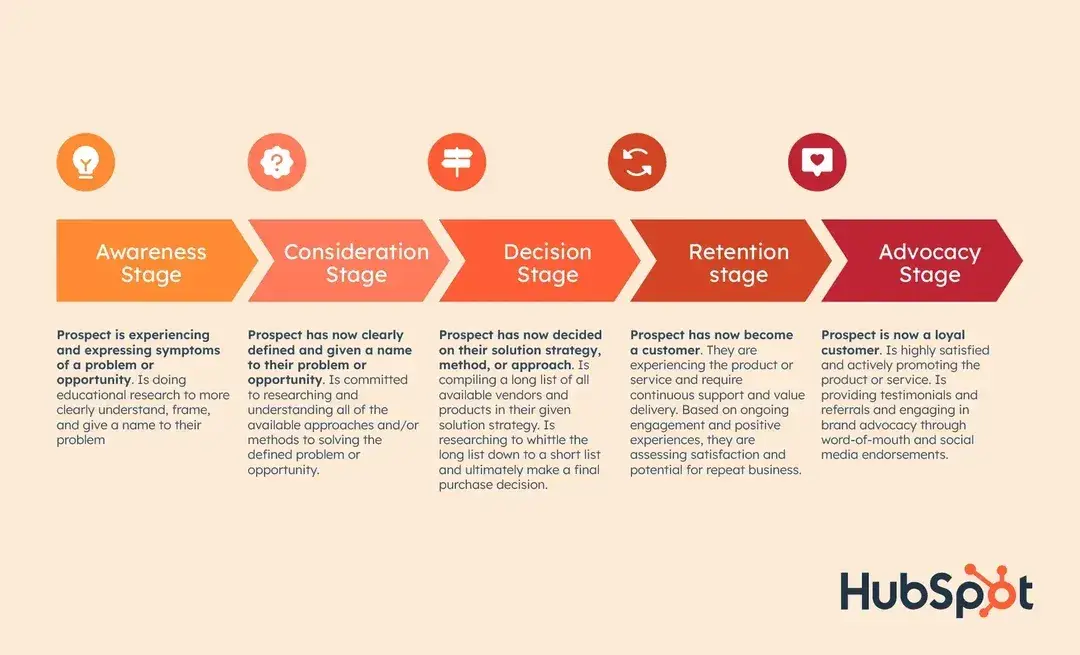
1. Awareness
2. Consideration
3. Decision
4. Retention
5. Advocacy
How to Improve Your Ecommerce Customer Journey
1. Improve customer delight.
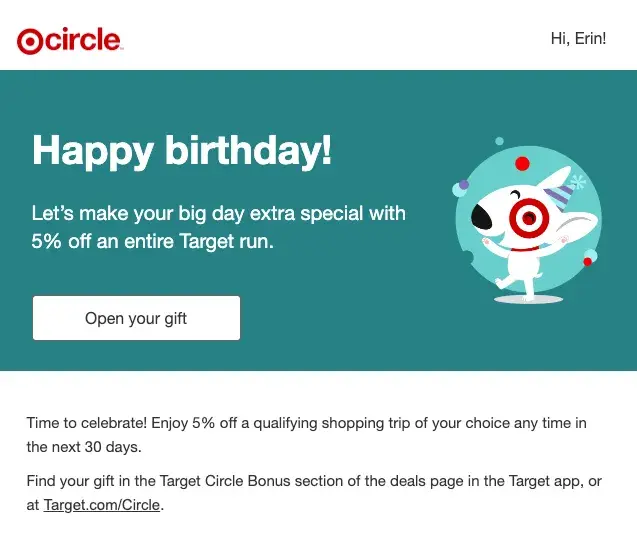
2. Create FOMO.
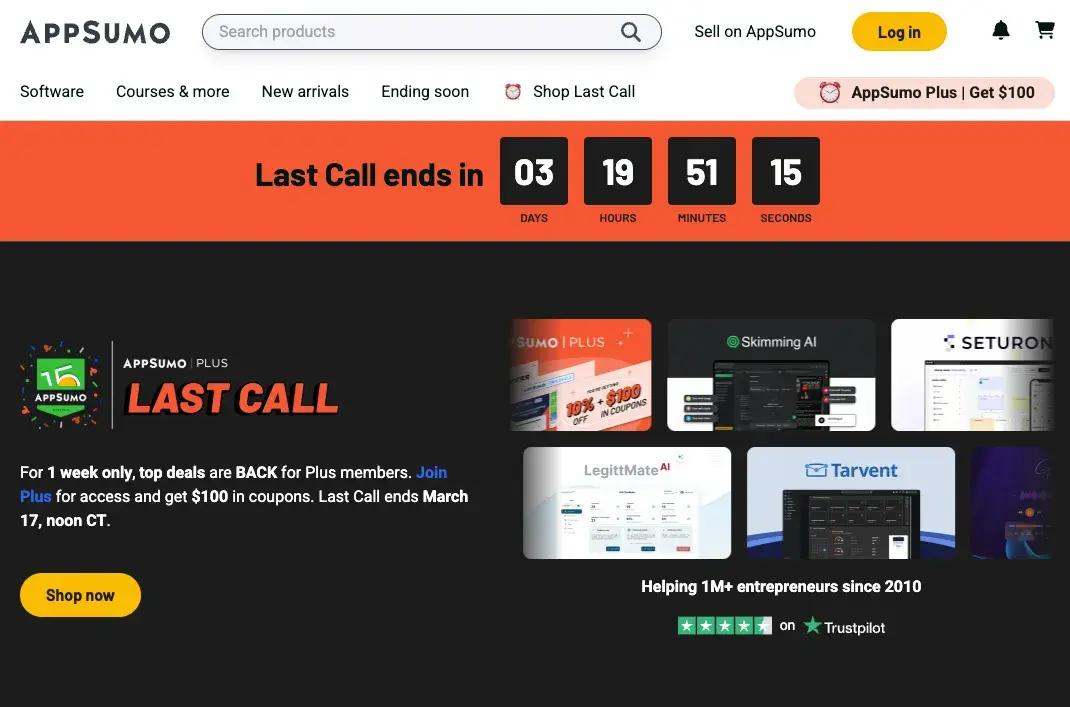
3. Conduct surveys.
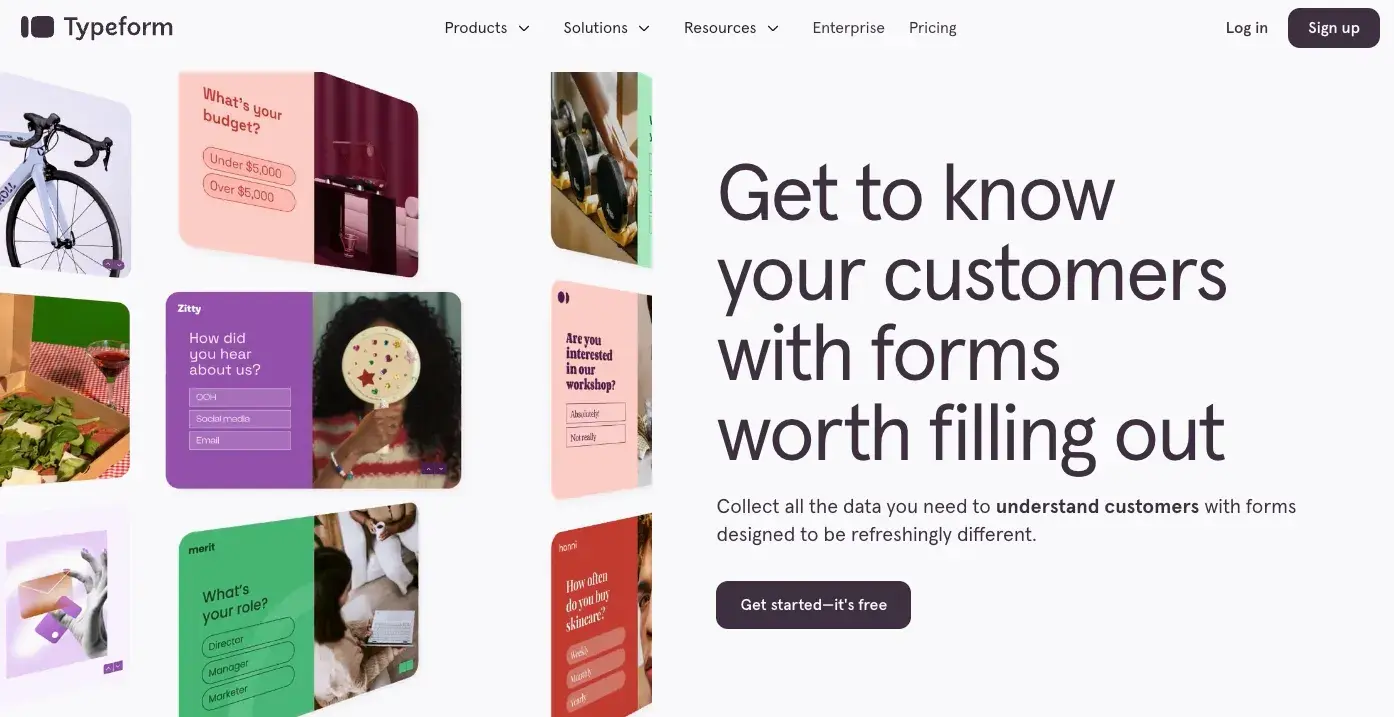
4. Raise your social proof.
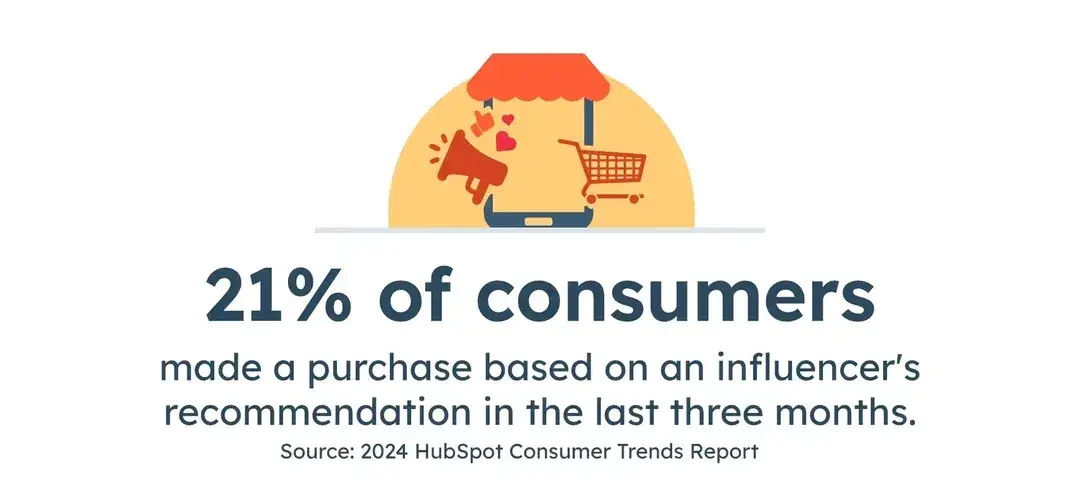
5. Personalize every touch point.
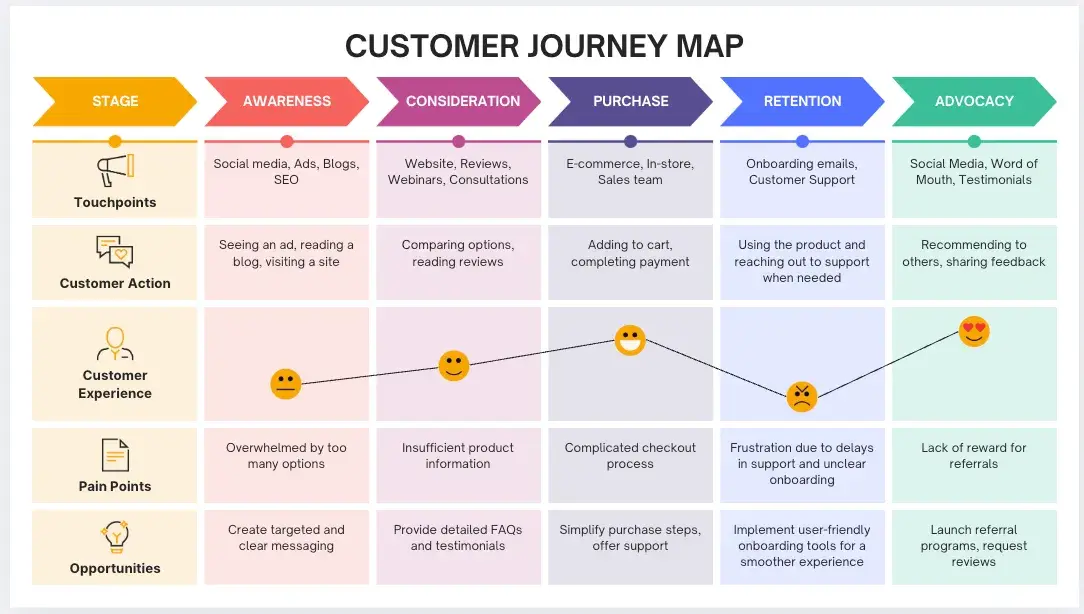
6. Optimize for mobile experiences.
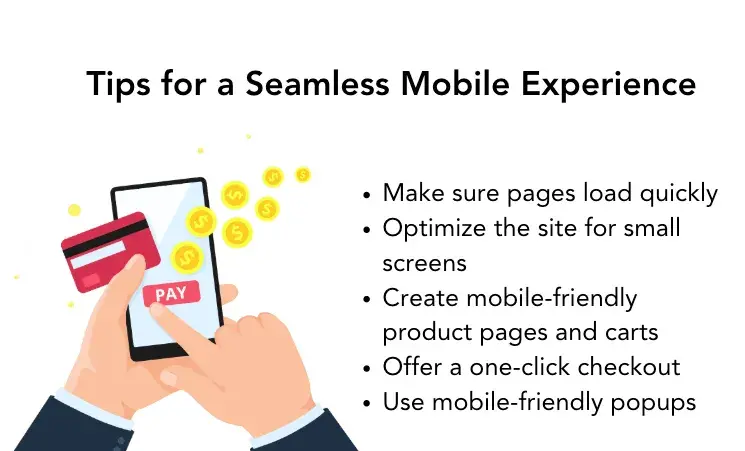
7. Keep your checkout friction-free.
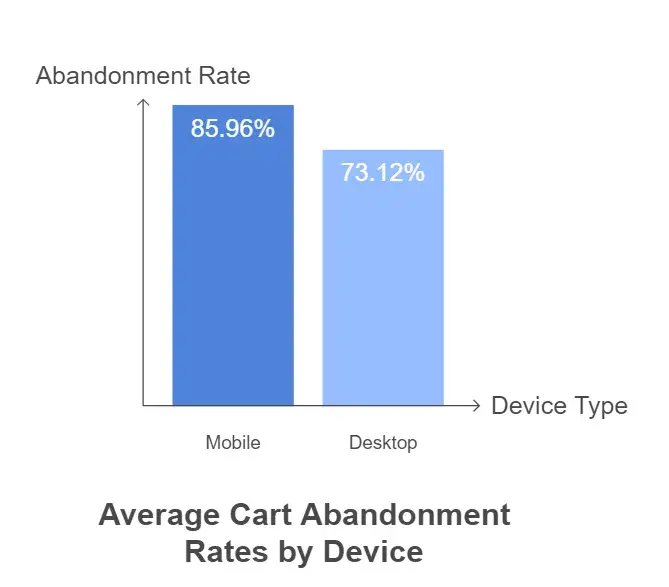
8. Focus on the new customer experience.
Ecommerce Customer Journey Map
What is the customer thinking or feeling?
What is the customer’s action?
What or where is the buyer researching?
How will we move the buyer along their journey with us in mind?
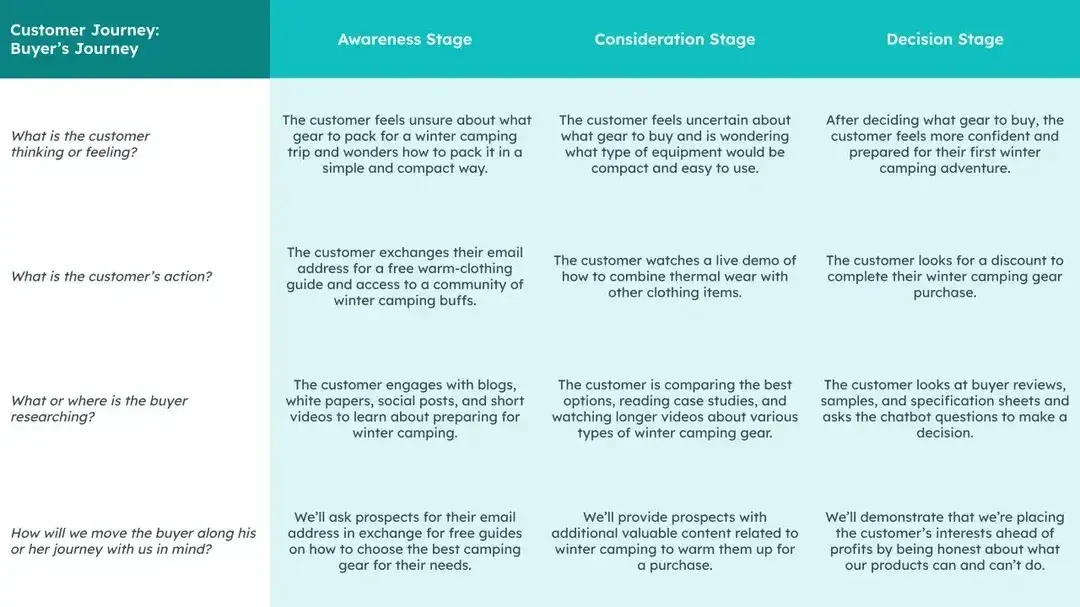
How to Build an Ecommerce Customer Journey Map
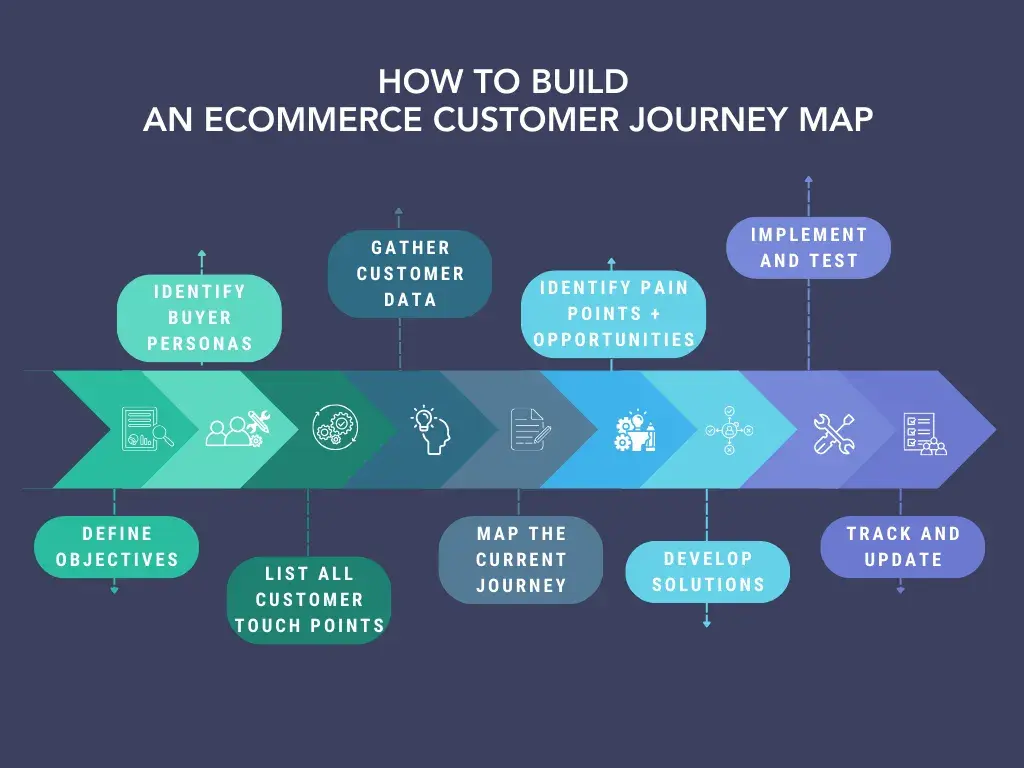
Step 1: Define your objectives.
Step 2: Identify your buyer personas.
Step 3: List every customer touchpoint.
Step 4: Gather customer data.
Step 5: Map the current customer journey.
Step 6: Identify pain points and opportunities.
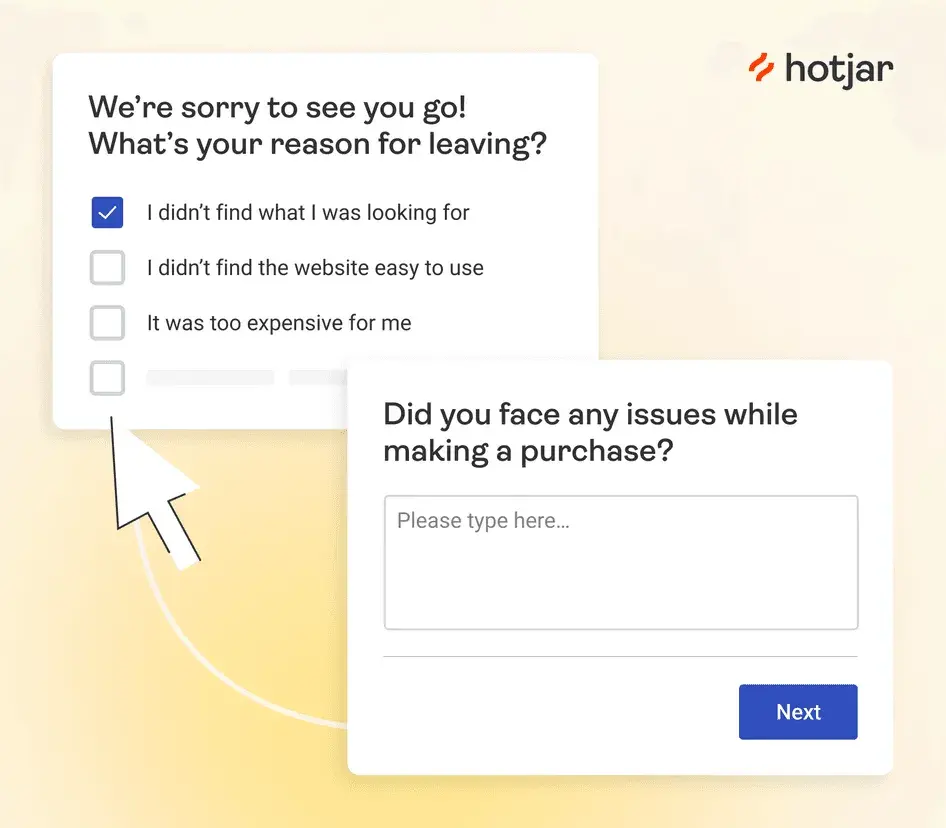
Step 7: Develop solutions and improvements.
Step 8: Implement and test changes.
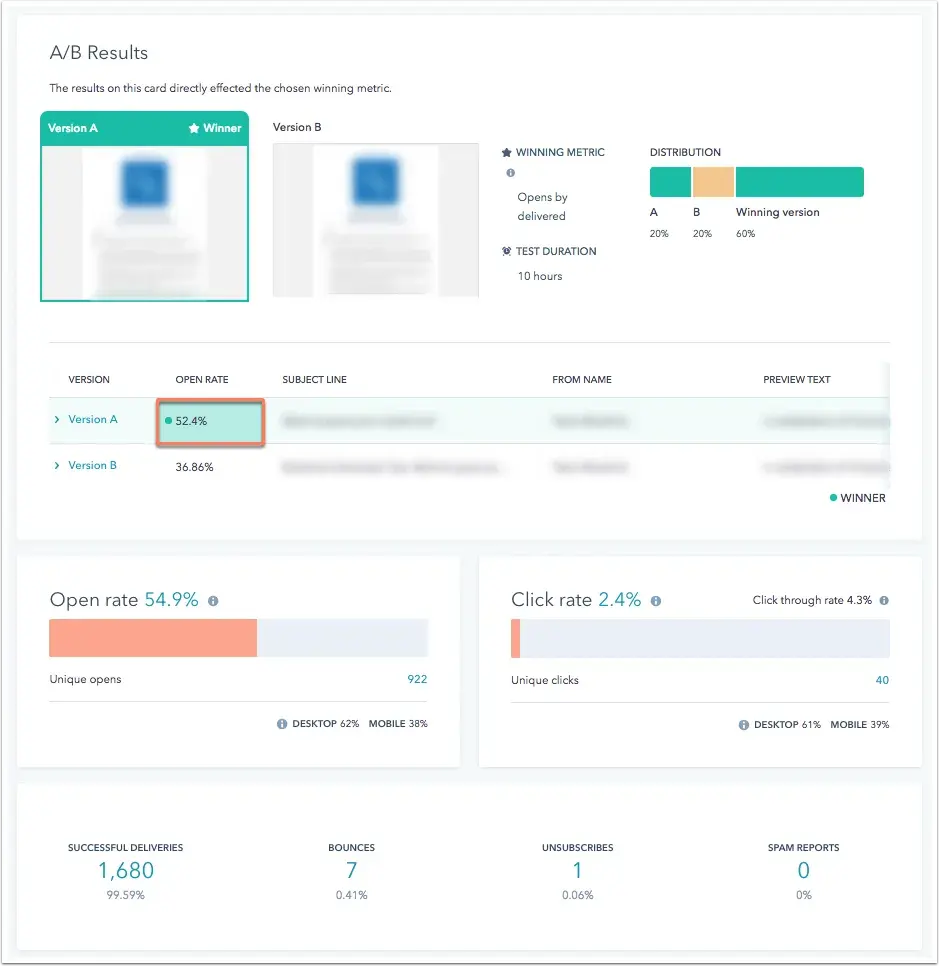
Step 9: Track and continuously update.
Creating the Best Ecommerce Customer Journey Possible

 ValVades
ValVades 

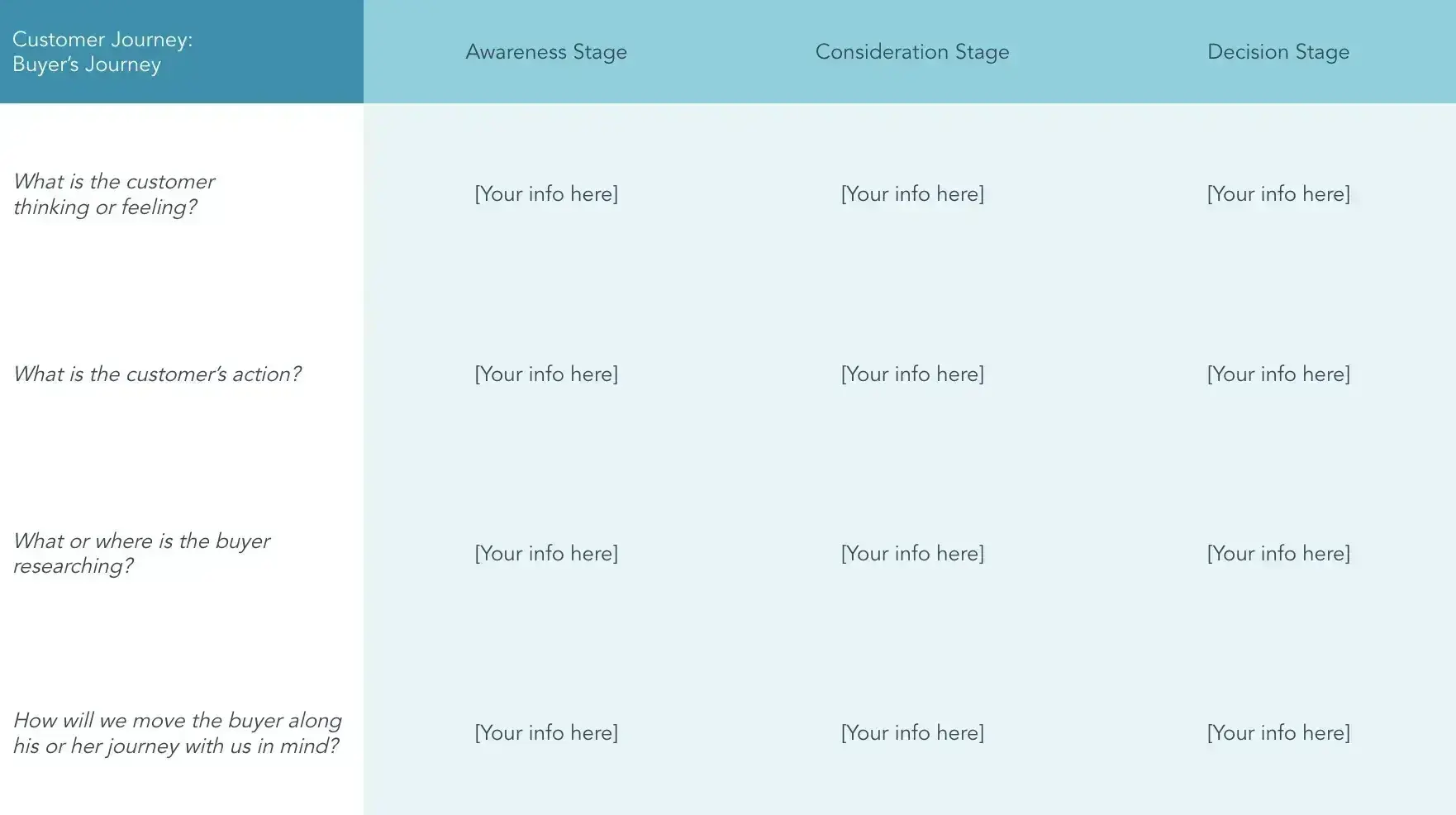
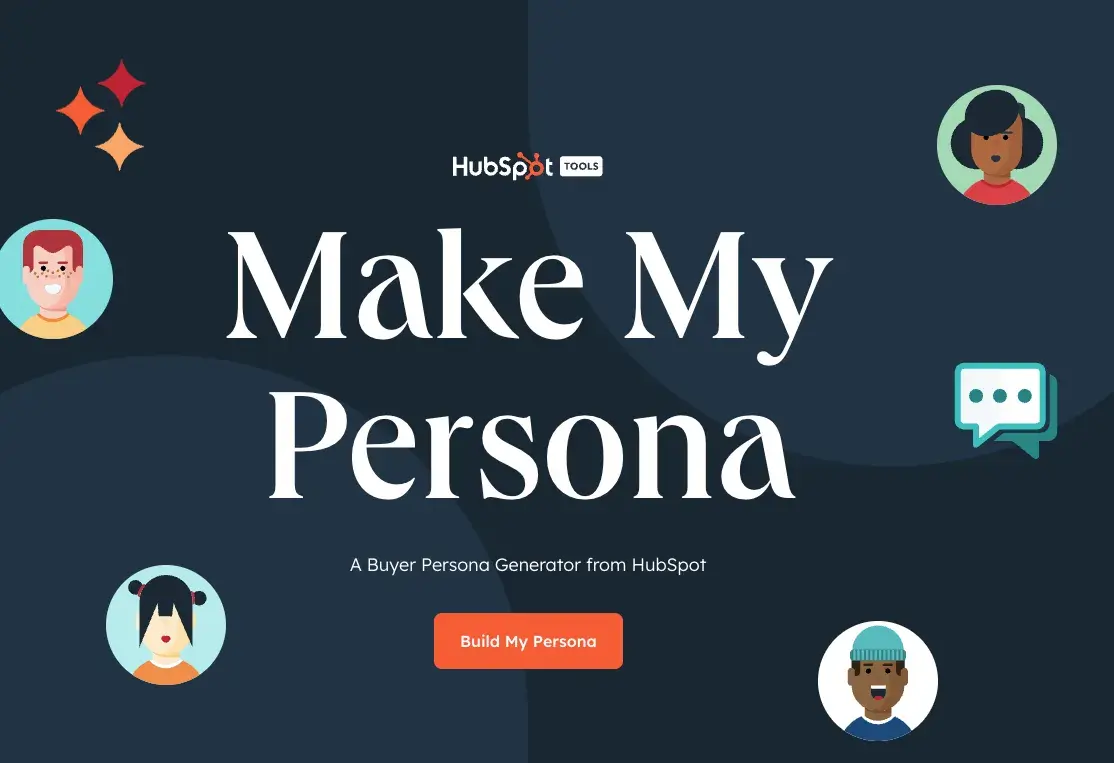








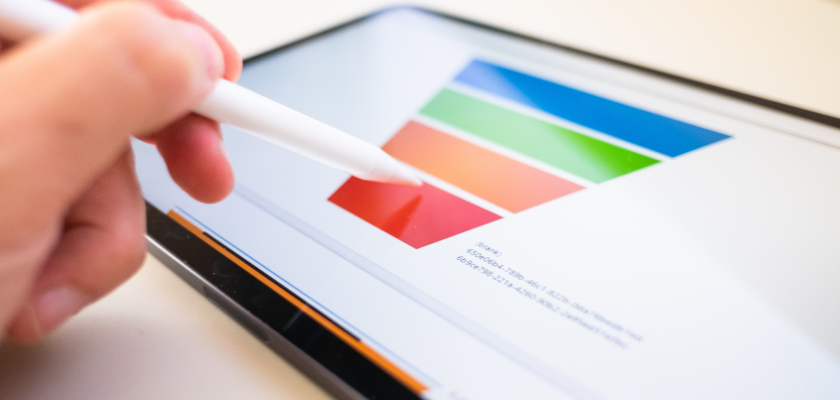

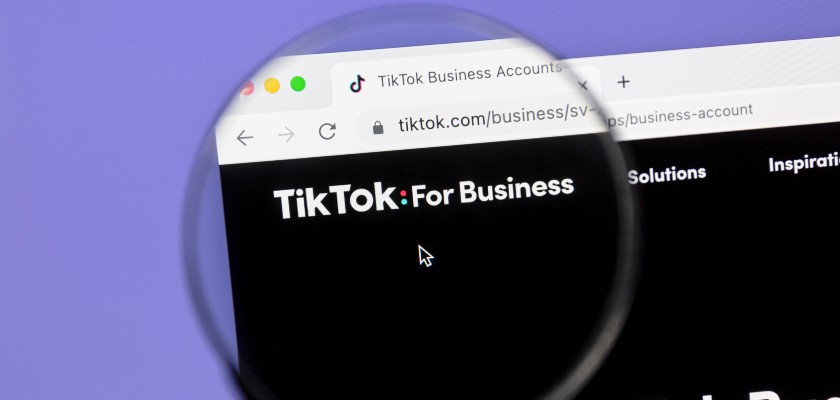

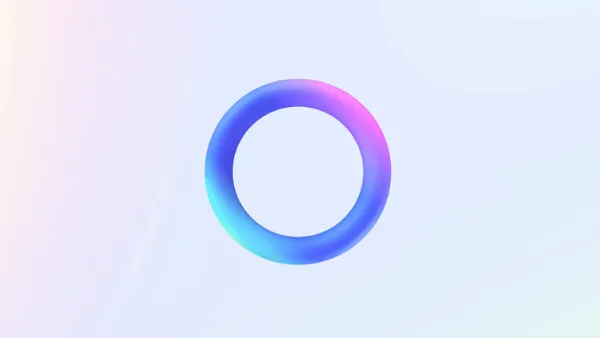
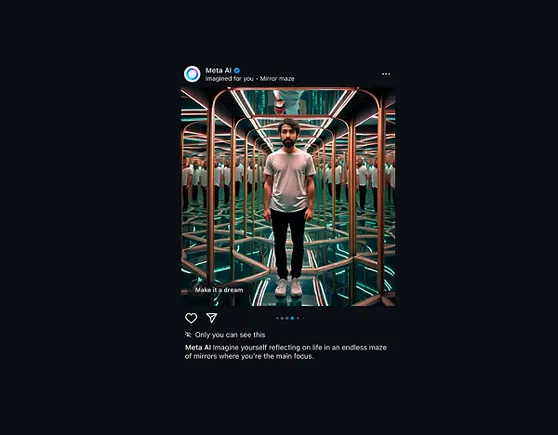





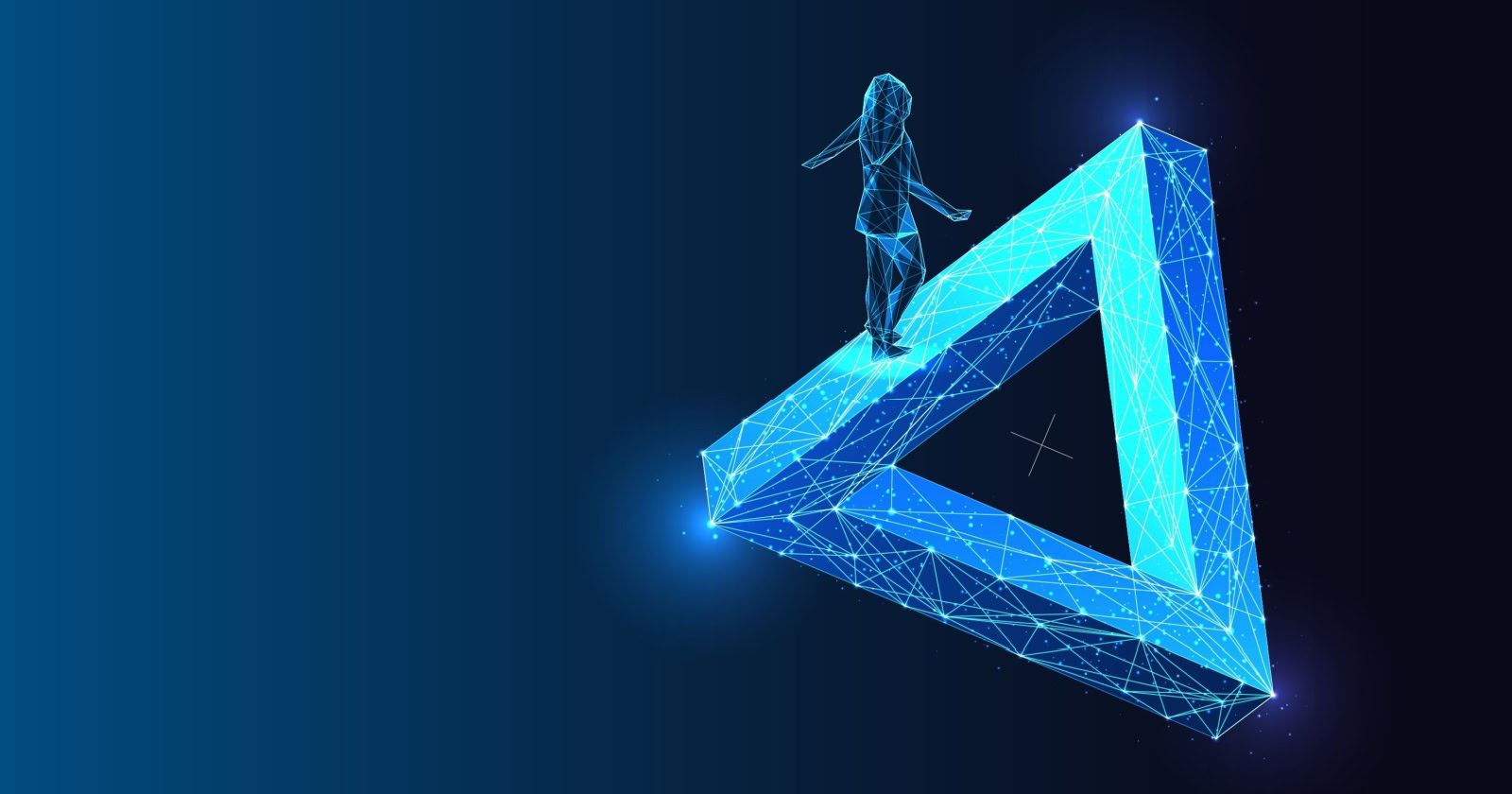
![The 2026 AI Search Benchmark Every SEO Leader Needs [Webinar] via @sejournal, @lorenbaker](https://www.searchenginejournal.com/wp-content/uploads/2025/11/1-259.png)



